
How to Identify and Fix Fuel Injector Seal Leaks in a Fiat 500
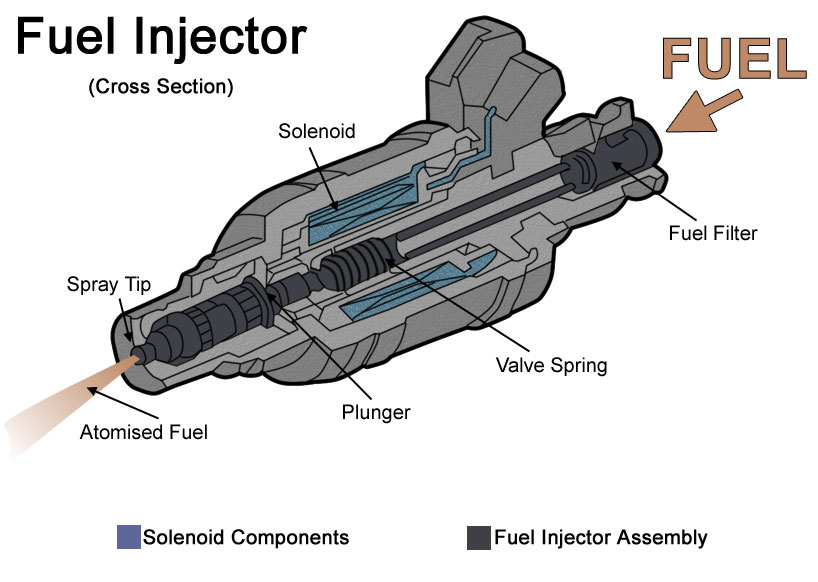
The Fiat 500 is a popular city car known for its stylish design and fuel efficiency. However, like any vehicle, it can experience issues with its fuel system, particularly with the fuel injector seals. A leaking fuel injector seal can cause a range of problems, including decreased engine performance, reduced fuel efficiency, and potentially even engine damage. Identifying and fixing fuel injector seal leaks is crucial to maintaining the health and reliability of your Fiat 500. This article will guide you through the process of diagnosing and repairing fuel injector seal leaks in your vehicle.
Diagnosing Fuel Injector Seal Leaks in Your Fiat 500
To identify and fix fuel injector seal leaks in a Fiat 500, it's essential to understand the symptoms and causes of the issue. A fuel injector seal leak can lead to decreased engine performance, reduced fuel efficiency, and potentially cause damage to other engine components. The first step is to recognize the signs of a fuel injector seal leak, which may include visible fuel leakage, decreased engine power, or the smell of fuel.
Common Symptoms of Fuel Injector Seal Leaks
The symptoms of a fuel injector seal leak can vary, but common indicators include a decrease in engine performance, visible signs of fuel leakage around the fuel injectors, and the presence of a strong fuel smell. In some cases, the check engine light may illuminate on the dashboard, indicating a problem with the fuel system.
Tools and Materials Needed for Repair
To fix a fuel injector seal leak, you'll need a few specialized tools and materials. These include a fuel injector seal removal tool, new fuel injector seals, and a torque wrench. It's also recommended to have a fuel system pressure test kit to ensure the fuel system is properly depressurized before starting the repair.
| Tool/Material | Description |
|---|---|
| Fuel Injector Seal Removal Tool | A specialized tool used to safely remove the old seals from the fuel injectors. |
| New Fuel Injector Seals | Replacement seals designed for the Fiat 500's fuel injectors. |
| Torque Wrench | Used to ensure the fuel injectors are properly tightened to the specified torque. |
Step-by-Step Repair Process
The repair process involves several key steps, starting with depressurizing the fuel system and removing the fuel injector rail. Once the fuel injectors are accessible, the old seals can be removed using a fuel injector seal removal tool. The new seals are then installed, and the fuel injectors are reassembled and reinstalled. It's crucial to follow the manufacturer's instructions for the repair and to use the correct torque specifications to avoid damaging the fuel injectors or other engine components.
| Step | Description |
|---|---|
| 1 | Depressurize the Fuel System: Use a fuel system pressure test kit to safely release the pressure. |
| 2 | Remove the Fuel Injector Rail: Take out the bolts holding the rail in place and carefully pull it away from the engine. |
| 3 | Replace the Fuel Injector Seals: Use a fuel injector seal removal tool to remove the old seals and install new ones. |
How do I know if my injector seals are leaking?

To determine if your injector seals are leaking, you need to be aware of the signs and symptoms associated with a leak. Injector seals play a crucial role in maintaining the integrity of the fuel system by preventing fuel from escaping. When these seals deteriorate or fail, it can lead to a range of issues.
Visual Inspection and Symptoms
A leaking injector seal can often be identified through a visual inspection of the engine and its components. Look for signs of fuel leakage around the injector area. Some common symptoms include a drop in fuel efficiency, a rough engine idle, or the presence of fuel odors.
- Check for fuel droplets or stains around the injector and fuel rail.
- Inspect the injector seals for any visible signs of wear or damage.
- Monitor the engine's performance for any irregularities that could indicate a leak.
Performance Issues
Leaking injector seals can cause a variety of performance issues. As fuel escapes, the engine may run rich, leading to decreased performance and potentially causing damage to other components like the catalytic converter. Identifying these issues early on can help prevent more costly repairs down the line.
You may be interested in reading Preventing Rust on Your Fiat 500: Tips for Longevity
Preventing Rust on Your Fiat 500: Tips for Longevity- Notice any decrease in engine power or responsiveness.
- Check if the engine is running rough or stalling frequently.
- Monitor fuel consumption to detect any unexpected increases.
Diagnostic Tests
In some cases, a visual inspection may not be enough to confirm a leaking injector seal. Performing diagnostic tests can provide more insight into the condition of the seals and the overall health of the fuel system. These tests can help pinpoint the source of the issue and guide the repair process.
- Use a fuel pressure test kit to check for drops in fuel pressure.
- Perform a leak-down test to identify any leaks in the fuel system.
- Utilize a scan tool to monitor the engine's performance and detect any fault codes related to the fuel system.
Can you replace fuel injector seals?

Replacing fuel injector seals is a relatively straightforward process that can be done with the right tools and a bit of mechanical aptitude. Fuel injector seals are designed to prevent fuel leaks around the injector, and over time, they can become worn or damaged, leading to leaks and decreased engine performance. To replace the seals, you'll typically need to remove the fuel injector from the engine, which may involve disconnecting the fuel line and electrical connector.
Tools and Materials Needed
Replacing fuel injector seals requires a few specialized tools and materials. You'll need a seal removal tool, which is designed to safely remove the old seal without damaging the injector or surrounding engine components. You'll also need new fuel injector seals, which can be purchased from a variety of auto parts suppliers.
- Seal removal tool
- New fuel injector seals
- Torque wrench
Step-by-Step Replacement Process
The process of replacing fuel injector seals involves several key steps. First, you'll need to locate the fuel injector and disconnect the fuel line and electrical connector. Next, you'll need to remove the injector from the engine, taking care not to damage the surrounding components. Once the injector is removed, you can use a seal removal tool to extract the old seal, and then install a new one.
- Disconnect fuel line and electrical connector
- Remove fuel injector from engine
- Use seal removal tool to extract old seal
Potential Complications and Considerations
While replacing fuel injector seals is generally a relatively simple process, there are a few potential complications to be aware of. For example, if the fuel injector is stuck or corroded, it may be difficult to remove, and you may need to use additional tools or techniques to free it. Additionally, if the new seal is not properly installed, it may not seal correctly, leading to continued leaks and performance issues.
- Stuck or corroded fuel injector
- Improper seal installation
- Damage to surrounding engine components
How much does it cost to replace an injector seal?
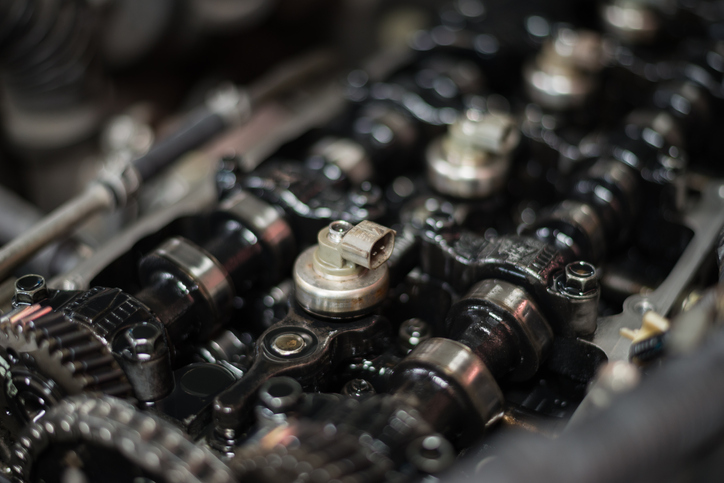
The cost to replace an injector seal can vary depending on several factors such as the type of vehicle, the number of injectors that need to be replaced, and the labor costs of the mechanic or repair shop. On average, the cost of a single injector seal can range from $5 to $20. However, if multiple injectors need to be replaced, the total cost can add up quickly.
Factors Affecting the Cost of Replacing an Injector Seal
The cost of replacing an injector seal is influenced by several factors, including the type and quality of the seal, the labor costs of the mechanic, and the location of the repair shop. Here are some factors to consider:
You may be interested in reading Preventing Rust on Your Fiat 500: Tips for Longevity
Preventing Rust on Your Fiat 500: Tips for Longevity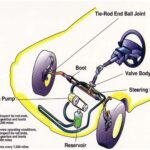 Understanding and Preventing Power Steering Failures in the Fiat 500
Understanding and Preventing Power Steering Failures in the Fiat 500- The type and quality of the injector seal can affect the overall cost, with high-quality seals typically costing more than standard ones.
- Labor costs can vary depending on the mechanic or repair shop, with dealerships typically charging more than independent mechanics.
- The location of the repair shop can also impact labor costs, with shops in urban areas typically charging more than those in rural areas.
Average Cost of Replacing an Injector Seal
The average cost of replacing an injector seal can range from $50 to $200 per injector, depending on the factors mentioned earlier. This cost includes both the cost of the seal itself and the labor costs associated with the replacement. Here are some estimated costs:
- The cost of a single injector seal replacement can range from $50 to $100.
- If multiple injectors need to be replaced, the total cost can range from $200 to $500 or more.
- Some repair shops may offer package deals or discounts for replacing multiple injectors at once.
Additional Costs Associated with Replacing an Injector Seal
In addition to the cost of the seal itself and labor costs, there may be other expenses associated with replacing an injector seal. Here are some additional costs to consider:
- Diagnostic costs: Before replacing the injector seal, a mechanic may need to diagnose the problem, which can add to the overall cost.
- Additional repairs: If the injector seal is damaged due to a larger issue, such as a faulty fuel injector or engine problem, additional repairs may be needed.
- Other parts: Depending on the vehicle and the type of repair, other parts may need to be replaced at the same time, such as O-rings or gaskets.
Can I drive with a leaking injector seal?

Driving with a leaking injector seal is not recommended as it can cause significant damage to your engine and potentially lead to costly repairs. A leaking injector seal allows fuel to escape, which can lead to a variety of problems including decreased engine performance, reduced fuel efficiency, and potentially even engine damage due to the incorrect air-fuel mixture.
Potential Risks of a Leaking Injector Seal
A leaking injector seal can lead to several issues that affect the overall performance and longevity of your vehicle's engine. The leakage can cause fuel to enter areas it shouldn't, potentially damaging other components.
- The fuel leak can lead to an imbalance in the air-fuel mixture, causing the engine to run either too rich or too lean.
- This imbalance can result in decreased engine performance, such as misfires or a decrease in power output.
- Furthermore, fuel leaking onto other engine components can cause corrosion or damage to those parts.
Symptoms of a Leaking Injector Seal
Identifying a leaking injector seal early on can help prevent more serious problems from developing. Common symptoms include a decrease in engine performance, fuel odors, and in some cases, visible signs of fuel leakage around the injector area.
- A decrease in fuel efficiency due to the engine consuming more fuel than necessary.
- The presence of fuel smells or odors around the engine area.
- Visible signs of leakage or fuel droplets around the fuel injector.
Repairing a Leaking Injector Seal
Repairing a leaking injector seal typically involves replacing the faulty seal. This process can vary in complexity depending on the make and model of your vehicle, as well as the location of the leaking seal.
- Diagnosing the leak correctly to ensure the right repair is undertaken.
- Removing the fuel injector to access and replace the seal.
- Reinstalling the fuel injector and testing the engine to ensure the leak is fixed.
Frequently Asked Questions
What are the common signs of a fuel injector seal leak in a Fiat 500?
A fuel injector seal leak in a Fiat 500 can cause symptoms such as decreased engine performance, rough idling, and fuel odor. You may also notice a decrease in fuel efficiency, or the engine may stall or hesitate. In some cases, a leak can cause the engine to run rich, resulting in black smoke from the exhaust.
How do I inspect the fuel injector seals for leaks?
To inspect the fuel injector seals, start by locating the fuel injectors under the hood. Look for signs of fuel leakage or moisture around the seals. Use a flashlight to illuminate the area and check for any droplets of fuel. You can also use a leak-down test kit or a fuel pressure test kit to help identify leaks. Visually inspect the seals for any signs of wear or damage.
You may be interested in reading Preventing Rust on Your Fiat 500: Tips for Longevity
Preventing Rust on Your Fiat 500: Tips for Longevity Understanding and Preventing Power Steering Failures in the Fiat 500
Understanding and Preventing Power Steering Failures in the Fiat 500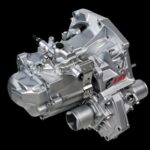 How to Maintain the Dualogic Transmission in Your Fiat 500
How to Maintain the Dualogic Transmission in Your Fiat 500Can I fix a fuel injector seal leak myself?
Yes, you can fix a fuel injector seal leak yourself if you have the necessary tools and experience. Replacing the seals typically involves removing the fuel injector rail and accessing the individual injectors. Be sure to follow proper safety precautions when working with fuel systems, and consult a repair manual for specific instructions. You may also need to purchase replacement seals and O-rings.
What are the consequences of not fixing a fuel injector seal leak?
If left unrepaired, a fuel injector seal leak can cause further damage to the engine and other components. Fuel leaks can lead to engine fires or other safety hazards. Additionally, running the engine with a leak can cause decreased performance, reduced fuel efficiency, and potentially damage the catalytic converter or other emission control systems, resulting in costly repairs.

If you want to know other articles similar to How to Identify and Fix Fuel Injector Seal Leaks in a Fiat 500 you can visit the category Tips.
Deja una respuesta

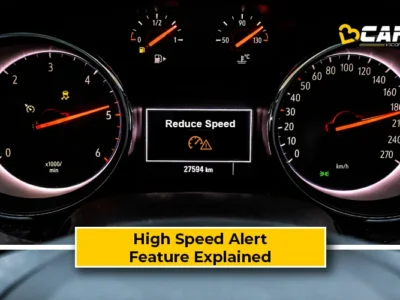
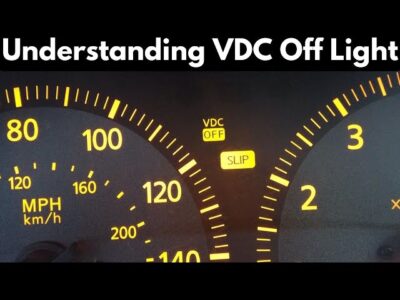


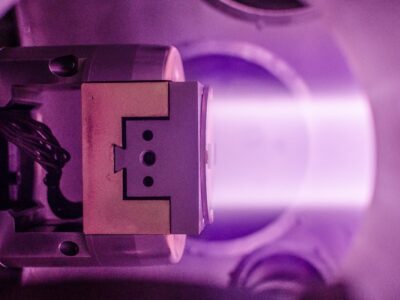
More content of your interest